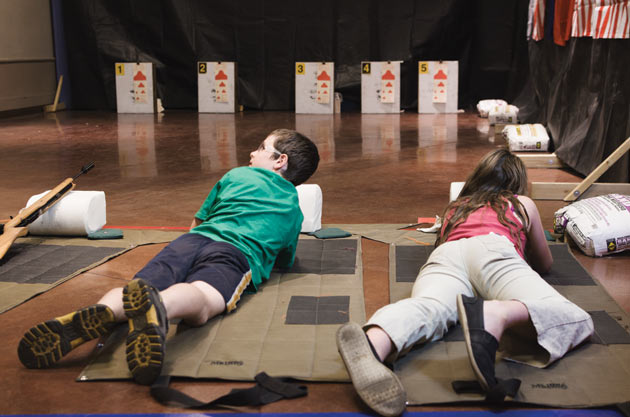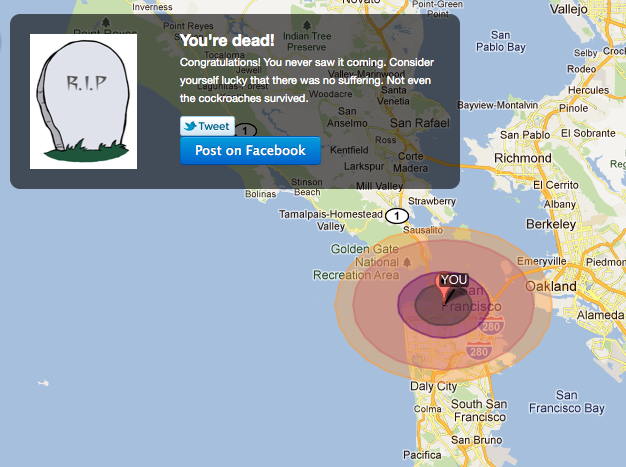
In 1961, the Pentagon ordered 150 million crushed-wheat wafers to be distributed to fallout shelters and opened in the event of nuclear war. The biscuit, the New York Times reported with some trepidation, “tastes something like a graham cracker.” Since then, the selection of survival food has expanded with every end-times scare, from Y2K to 2012. A sampling of what’s in the well-provisioned bug-out bag:
ENTRÉES
AmeriQual macaroni and beef in sauce Meal Ready to Eat
This vacuum-sealed staple, beloved of American soldiers with no other menu options, comes with peanut butter, crackers, raisins, a toaster pastry, and an oatmeal cookie. Want vegetables? Go nibble some grass. Shelf life: 5 years (or more)
Mountain House freeze-dried eggs with bacon
After a month of chasing squirrels, you won’t mind the unnaturally yellow color, the flavor of liquid smoke, or the spongy texture. Shelf life: 7 years
DESSERT
Shelf Reliance freeze-dried strawberry slices
Like fine wine, this cryodesiccated delight only gets better with age. Shelf life: 25 years
KIDS’ MENU
Peanut butter and grape jelly Candwich
The “Sandwich in a Can” has a military-developed bun that other brands have yet to copy…for a reason. Shelf life: 1 year
Daily Bread freeze-dried ice cream sandwich
It’s got the Glenn Beck seal of approval, so you know it’s gonna be good. Shelf life: 7 years














